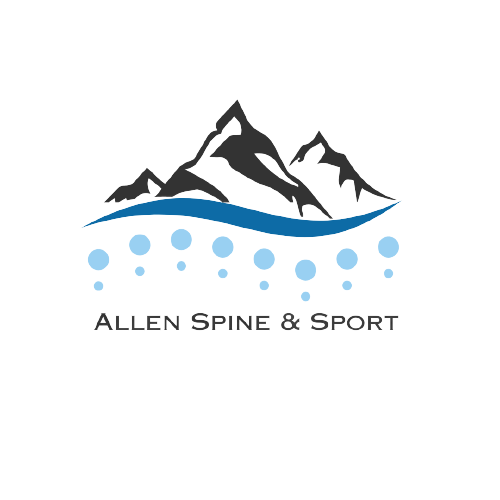Not All Intervertebral Disc Injuries Are The Same
If you have pain, numbness and/or weakness that radiates into your shoulder blade, hip or even down an arm or leg, you may have a disc herniation or “disc bulge.” This is quite a controversial diagnosis that is confusing for patients because of the different ways it is educated by the doctor/practitioner. See for yourself by googling “disc herniation.” You will find some good information, but will also find worst case scenarios that tell you that you immediately need to obtain invasive diagnostic imaging such as an MRI or CT, or that you will immediately need surgery. Let me be very clear about this: There are situations in which those steps need to be taken, as in the case of worsening neurological symptoms. This would include progressive weakness in an extremity, worsening deep tendon reflexes and strength and other symptoms such as loss of bowel and bladder control and/or numbness in the perineum (“saddle area”). In the case of perineal numbness, or saddle anesthesia, or loss of bowel and bladder function, an ER referral is required to assess neurological compromise via diagnostic imaging as previously described. However, in the absence of these signs and symptoms, the correct triage should begin with a full examination by a chiropractor, followed by non-invasive therapies. These include joint manipulation, soft tissue techniques like IASTM, cupping and/or dry needling, as well as end-range loading and stabilization exercises.
Intervertebral discs (IVD’s) are cartilaginous “cushions” between the bones of your spine. They allow for protection and fluid motion and are composed of an inner gelatinous substance called the nucleus pulposus, surrounded by fibrotic rings called the annulus fibrosus. There are a few different types of herniations or “bulges” but the mechanism involves the nucleus pulposus of one of those discs squeezing in a certain direction (most commonly backwards) and creating an inflammatory process. The different types of herniations are characterized by the amount of movement in the nucleus pulposus. The nucleus pulposus can move as little as just pushing into the annulus fibrosus, which is called a disc bulge or protrusion, or as much as completely separating a portion of itself and going into the spinal canal. The amount of bulge or herniation doesn’t change the triage pattern. If your exam findings have saddle anesthesia, if you lose bowel or bladder function or if you have worsening neurological signs during treatment, then an urgent referral is needed. Without those, you are a candidate for non-invasive therapies until proven otherwise.
The pain and spasm pattern involved with a disc injury comes not from direct compression of the IVD on a nerve root, but rather the inflammatory process that irritates the nerve root and surrounding structures. This irritation often causes radiation of pain into the shoulders, hips, arms and legs (depending on cervical vs. lumbar) but can also be central to the spine.
Our job as chiropractors is to determine the directional preference movement of the spine that improves the pain, as well as adjusting joints that need to be adjusted which are typically the lumbosacral (L5-S1) and thoracolumbar (T10-L1) junctions. Coupling that with techniques to relax the muscles and fix the underlying movement pattern is the most effective protocol for disc injuries. Such techniques include dry needling, cupping and/or IASTM for the muscles and DNS exercises for improving muscle activation and movement patterns.
Dr. Forrest Allen is a sports chiropractor and co-owner at Allen Spine and Sport. He has a passion for integrating spinal and extremity joint manipulation, manual therapies like dry needling, fascial manipulation, etc., and rehabilitative exercises founded in Dynamic Neuromuscular Stabilization (DNS). Visit our website and give our office a call!


